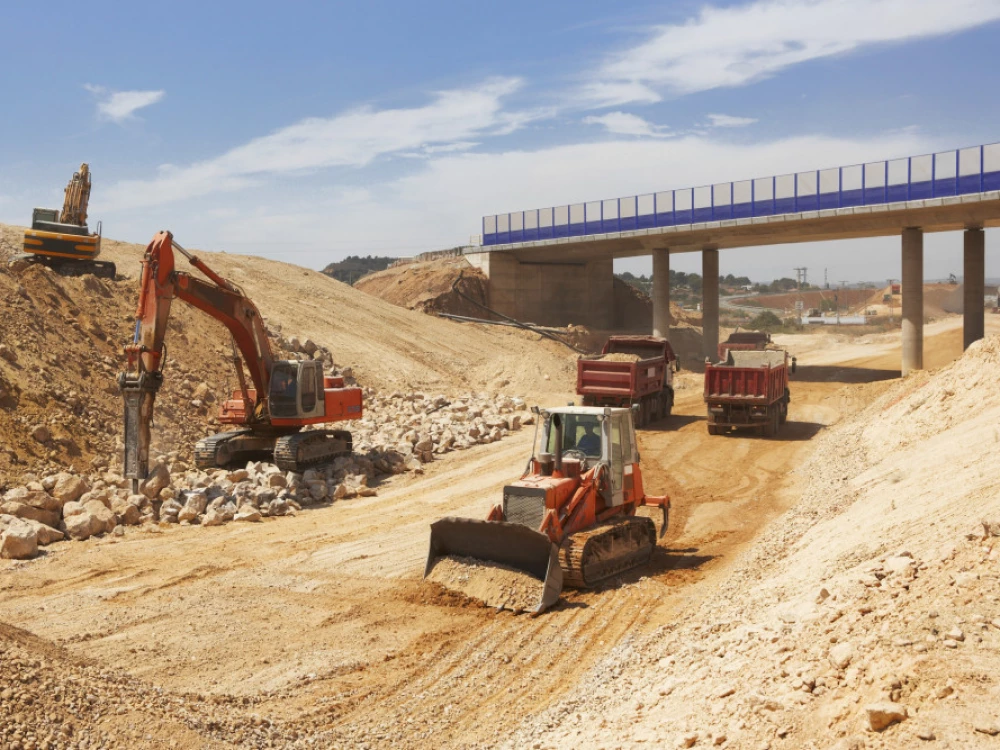
Serbia will have five construction waste processing plants across five regions by the end of 2027, announced State Secretary of the Ministry of European Integration, Mira Radenović Bojić, in an interview with Bloomberg Adria.
“In the next two and a half years, Serbia will establish an organised system for managing and processing construction waste. These plants will be located in the Pirot and Srem-Mačva regions, as well as in Subotica, Užice, and Valjevo”, Radenović Bojić stated, adding that the project was valued at EUR 7.5 million, with EUR 5.5 million funded by the European Union.
The BBA interlocutor said that in addition to the five regional plants, the procurement of mobile crushers for the treatment and processing of construction waste would begin next year in Novi Sad, Niš, Valjevo, Sombor, Smederevo, Inđija, and Kragujevac.
“According to calculations by the Ministry of Environmental Protection, these cities produce between 24,000 and 52,000 tons of waste annually. We have already started the process, and it is up to the cities to provide the necessary infrastructure”, she highlighted.
If everything goes according to plan, gravel, old timber, and concrete will go straight to processing facilities rather than illegal landfills, eventually being transformed into new construction material.
“The idea is to utilise the largest possible amount of this waste. Estimates show that 75% of construction waste consists of excavated soil, which, after recycling, can be used for landfill cover or rural roads, while 12–25% is construction material (rubble, concrete, tiles), with the remainder being wood and metals”, she explained.
Regarding concrete, Radenović Bojić noted that it could be recycled for use primarily as raw material in cement plants, as well as in the road industry as part of asphalt base.
“Europe had already prepared its cement plants to transition to low-carbon production, which means they have been using recycled construction materials for cement production for some time,” she noted.
Construction Waste Predominates
Construction waste accounts for more than 75% of all waste in Serbia. According to the Serbian Association for Demolition, Decontamination, and Recycling, around 100 million tons of construction waste is generated in Serbia each year.
Construction has been booming in recent years, with demolition, building projects, and extensive infrastructure work producing large amounts of construction waste that often ends up on landfills, roadsides, and in nature. It is also a fact that much of this material can be reused through recycling.
In some European countries, such as the Netherlands and Denmark, up to 90% of the total amount of construction waste is recycled. Serbia aims to recycle 40% of its construction waste by 2030.
Construction Permits Now Contingent on Waste Management
In October last year, the government adopted a regulation that, for the first time, mandates how construction waste must be managed. Its aim is to prevent illegal dumps and create opportunities to repurpose waste in construction.
Under the new regulation, before starting construction, investors must determine the amount and type of waste that will be generated and outline a disposal plan. Without this, a construction permit cannot be granted.
Finally, to obtain an exploitation permit, it is necessary to provide proof that the waste has been managed in accordance with the law and the specific construction waste management plan.
The regulation also stipulates that individuals who are adapting a residence or business space of up to 200 square meters are not required to have a construction logbook or a waste management plan.
Source: Bloomberg Adria









